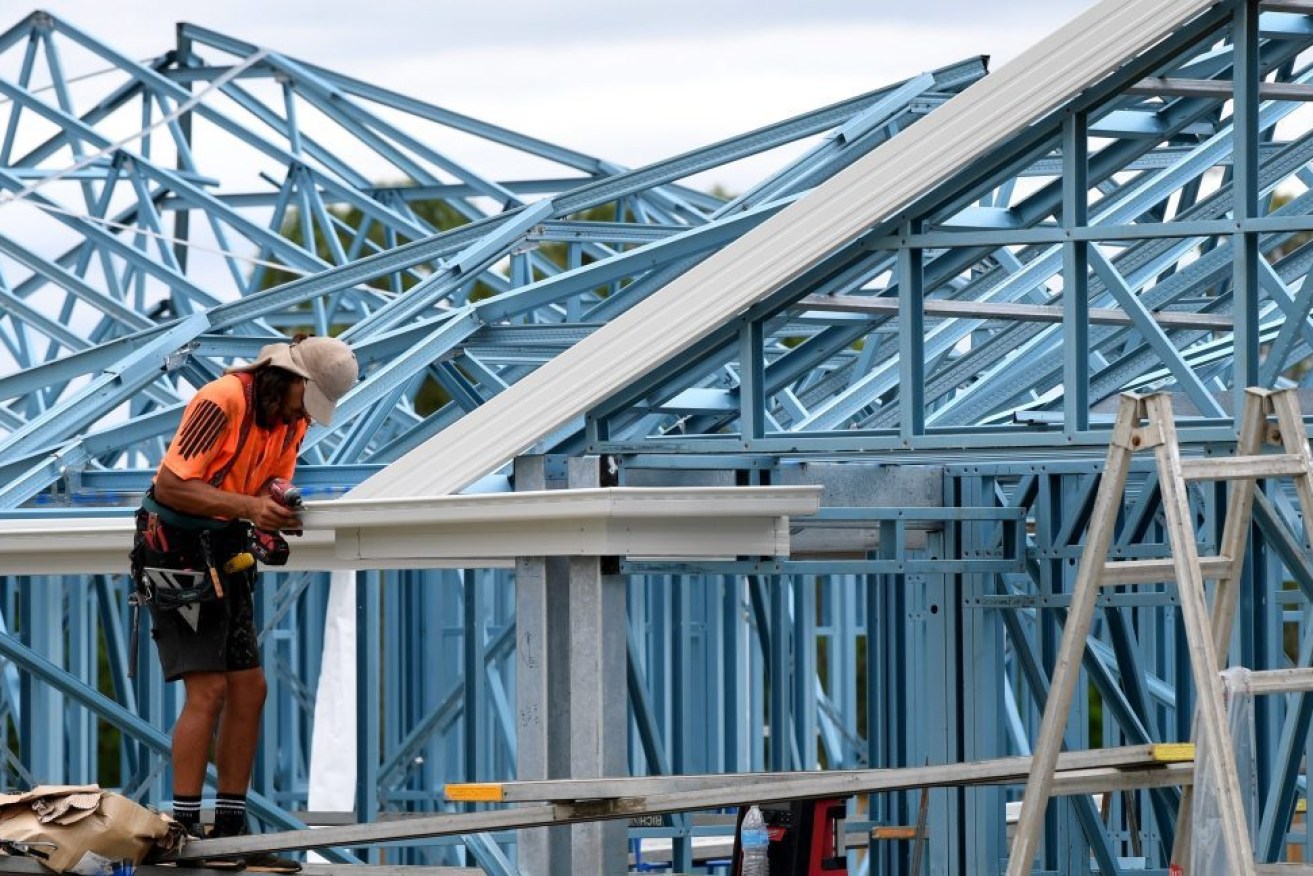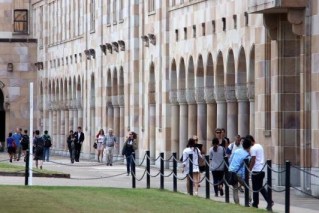Tamawood shares secrets of survival as industry says building crisis ‘just about over’
Housing company Tamawood is still standing after the collapse of more than 2000 building companies last financial year and the company said it was because it had to make some tough choices.


Roofer, Troy Phillips is seen constructing a new home in a housing estate at Coomera, on the Gold Coast, (AAP Image/Darren England)
At its annual general meeting, Tamawood told shareholders that its $2.1 million profit was exceptional “given that some of our competitors sustained considerable losses in the tens of millions in full-year 2023”.
Chair Robert Lyknch attributed a lot of the industry’s woes to the Morrison Government’s HomeBuilder program which resulted in labour shortages, material supply shortages and unprecedented price increases.
“We faced a choice of losing market share or losing money. The board formed a belief that the better choice was a reduction in market share and maintaining some profitability.”
It said it had to insulate the company from the impacts of the HomeBuilder scheme.
Lynch said its first quarter had been encouraging with margins improving as a result of cost stabilising.
That tallies with comments from Ray White economist Nerida Conisbee who said the construction crisis was “just about over”.
“Construction cost increases peaked in July 2022, rising by 21 per cent over the 12-month period. In Brisbane, the most impacted city, the increase exceeded 30 per cent,” she said.
“While there continue to be a lot of challenges in building homes where people want to live, construction costs were a major restriction to the number of new homes built.
“Last year, Australia’s population increased by 500,000 people, requiring around 200,000 additional homes. Only 172,000 were built.
“This imbalance between supply and demand showed up quickly in rental growth in 2022 but by the start of 2023, it was also driving up house prices.
“Too few homes led to a shortage of rental properties, further exacerbated by a drop in household size during the pandemic. House prices never saw a catastrophic drop in prices as some predicted, primarily because of housing shortages – many renters decided to become buyers and a shortage of new homes pushed more into the established home market.”
CoreLogic reported that vacancy rates had reached record lows nationally of 1.1 per cent with Brisbane rents up 2.5 per cent for the third quarter.
The median rent in Brisbane was now $614 a week.
It is therefore good news that construction costs are finally starting to ease. So much so that in Perth and Hobart, construction costs are actually declining.












